Cincinnati influenza case and fatality reports demonstrated the highest death rate since the epidemic began
By Oct. 14, 1918, Cincinnati influenza case and fatality reports demonstrated the highest death rate since the epidemic…

By Oct. 14, 1918, Cincinnati influenza case and fatality reports demonstrated the highest death rate since the epidemic…
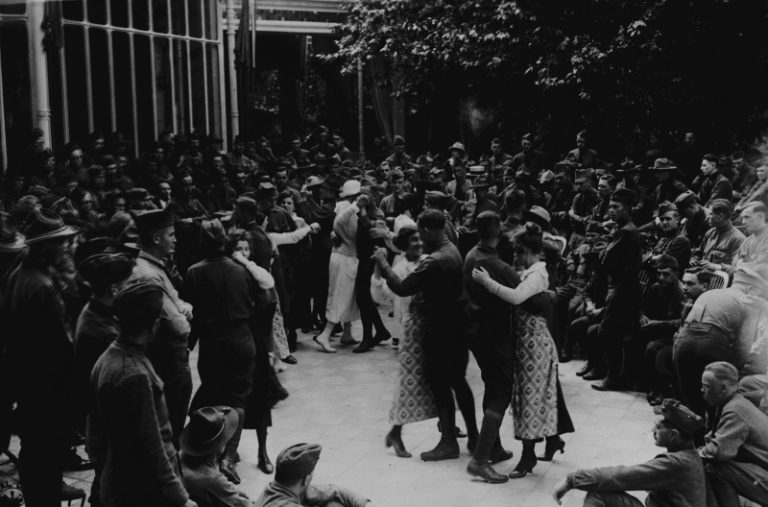
On Oct. 12, 1918, Chicago’s Influenza Health Commissioner Dr. John Dill Robertson requested from the Chief of Police…
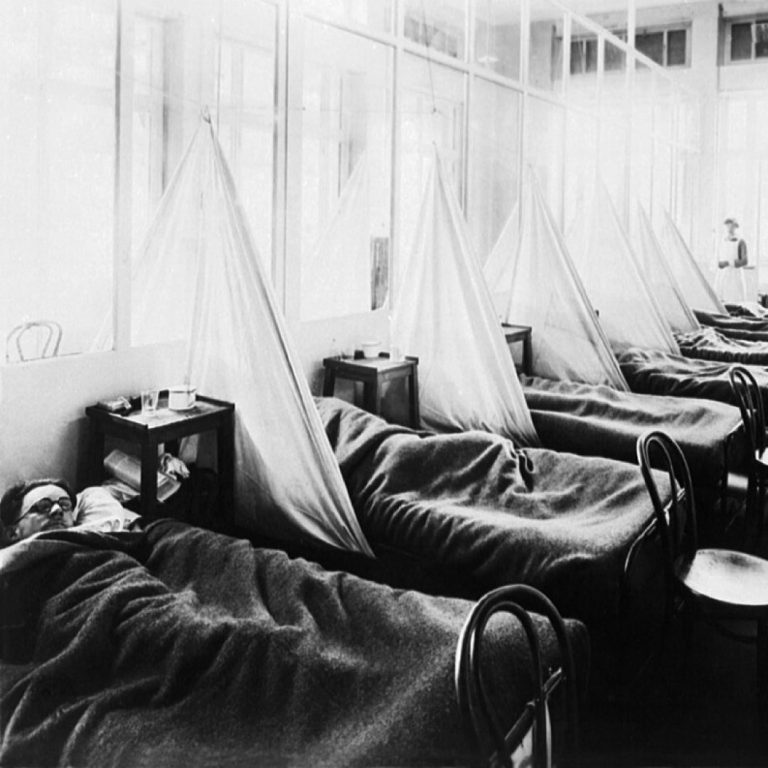
By Oct. 12, 1918, the Kentucky health department reported 2,300 cases of influenza, prompting volunteers to provide automobiles…
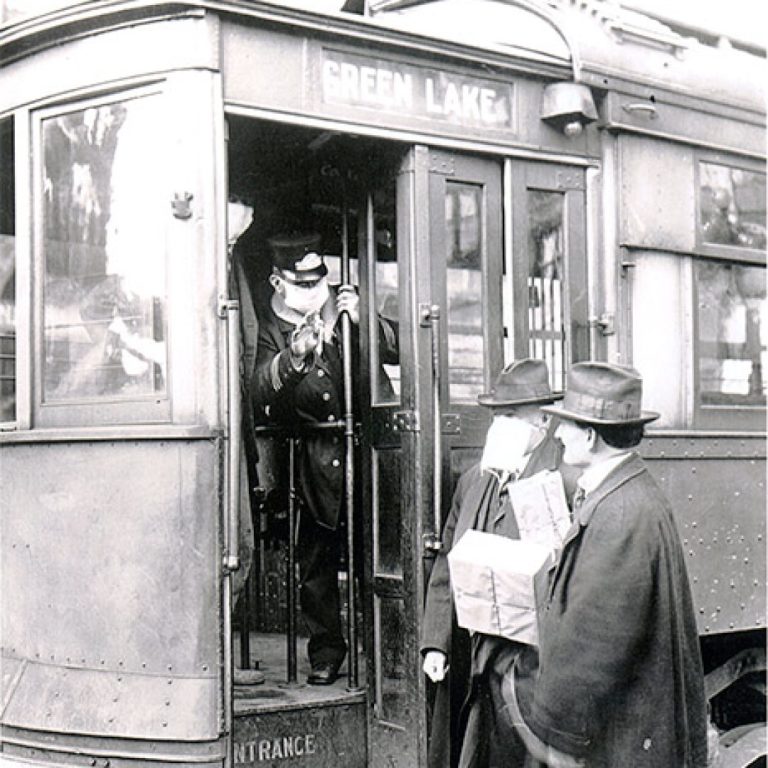
On Oct. 12, 1918, New Orleans transit officials restricted passenger counts on streetcars to address social distancing in…
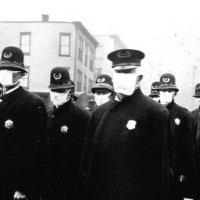
On Oct. 12, 1918, Baltimore Health Commissioner Dr. John Blake ordered dentist to wear masks while with patients…
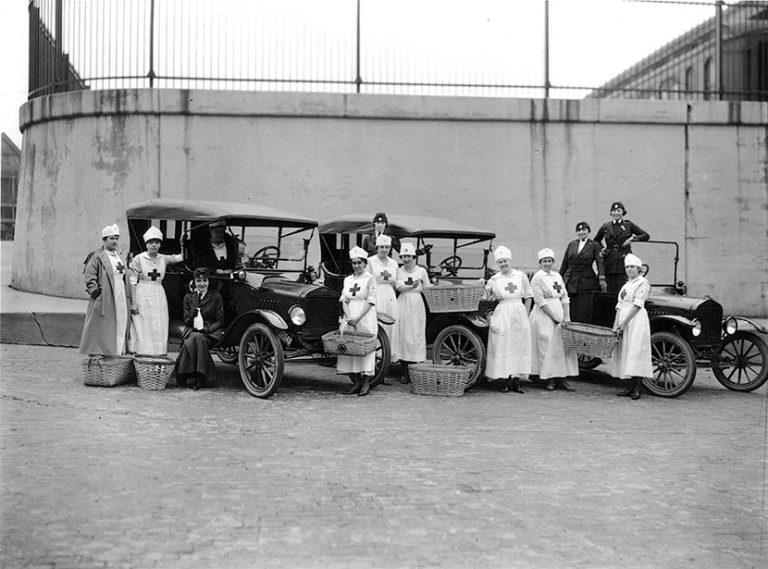
On Oct. 12, 1918, New York’s health officers created an Emergency Advisory Committee for assistance with the influenza…
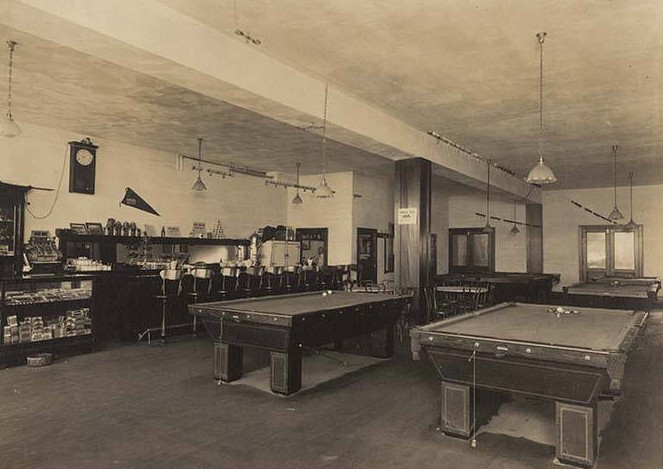
On Oct. 12, 1918, Dallas Mayor Lawther ordered all public and private schools, churches, and other public gatherings…

On Oct. 11, 1918, Los Angeles Mayor Frederick T. Woodman declared a state of public emergency due to…
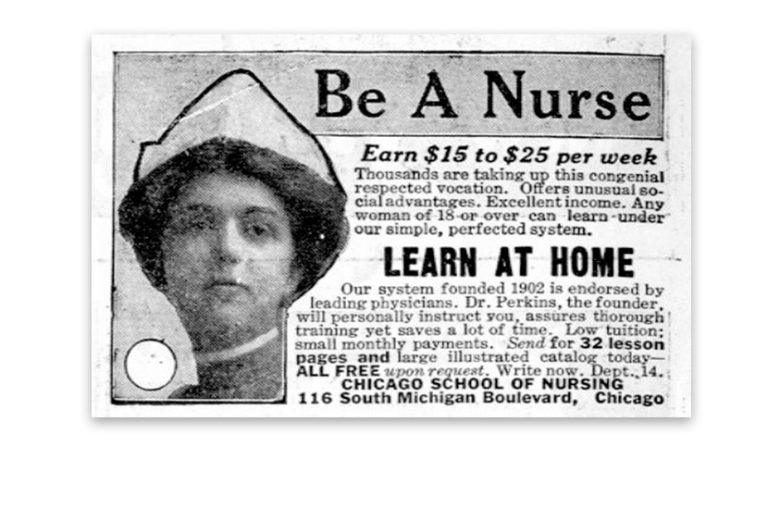
On Oct. 11, 1918, the Chicago chapter of the American Red Cross put out a call for volunteers…
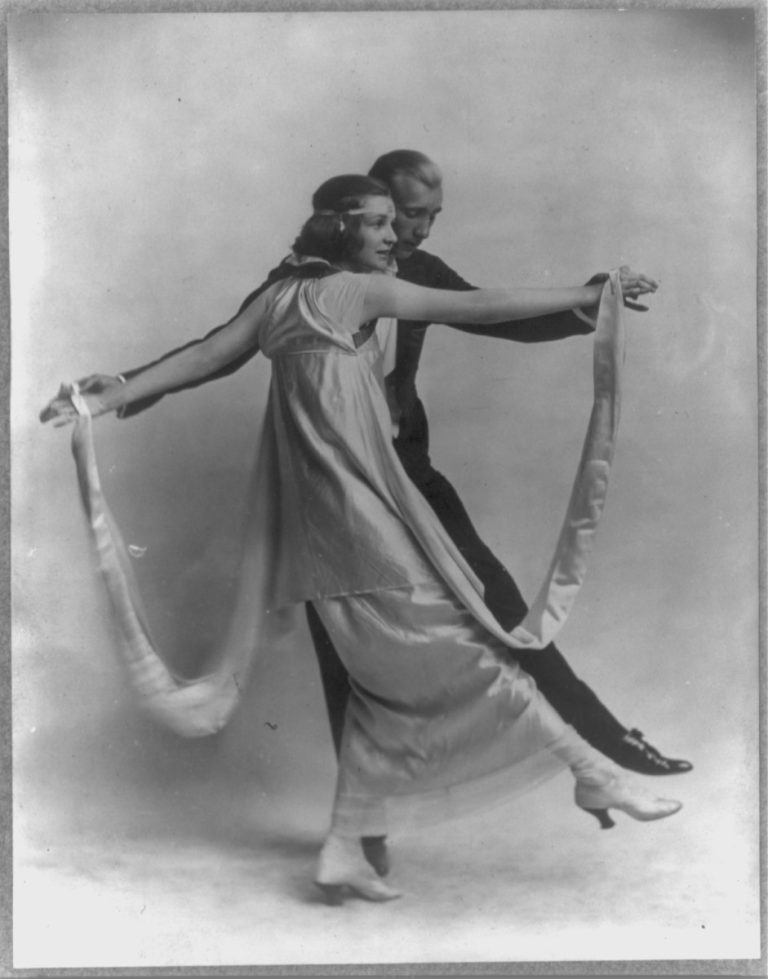
On Oct. 11, 1918, the Illinois Influenza Advisory Commission passed a binding resolution banning public dancing and public…
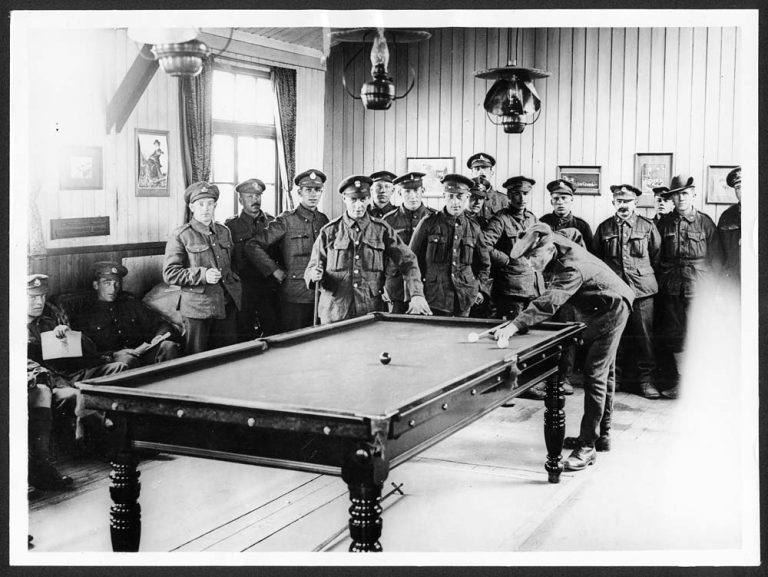
On Oct. 11, 1918, Baltimore health commissioner Dr. John Blake ordered all churches and poolrooms closed, and hinted…
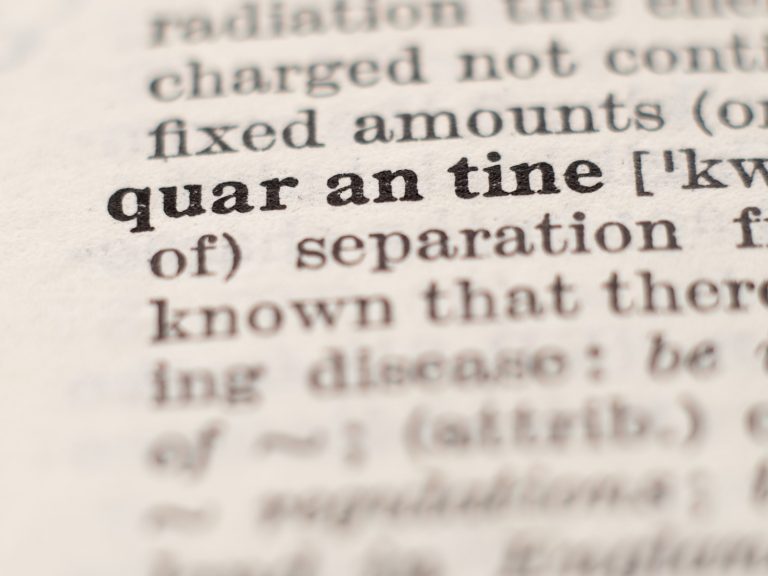
On Oct. 10, 1918, ‘Des Moines goes under quarantine today.’ Thus read the first line of a front-page…
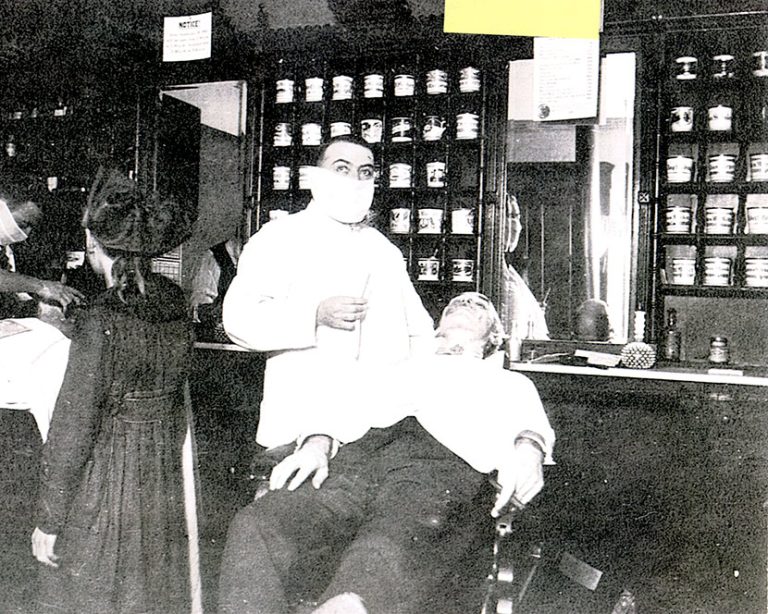
On Oct. 10, 1918, Baltimore Health Commissioner Blake restricted business hours for department, retail, and specialty stores. He…
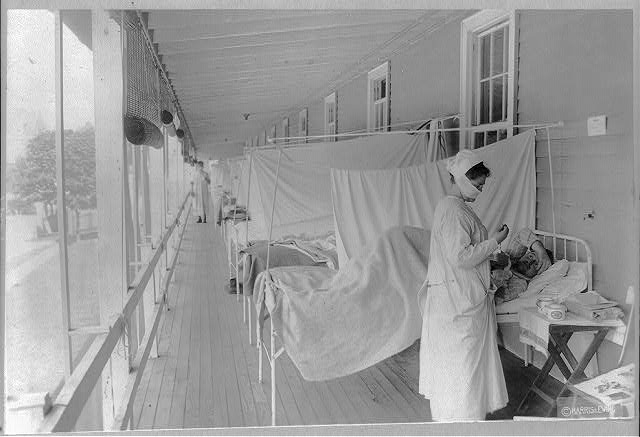
On Oct. 10, 1918, Cincinnati Health Officer Peters estimated that there were between 4,000 and 4,500 influenza cases…
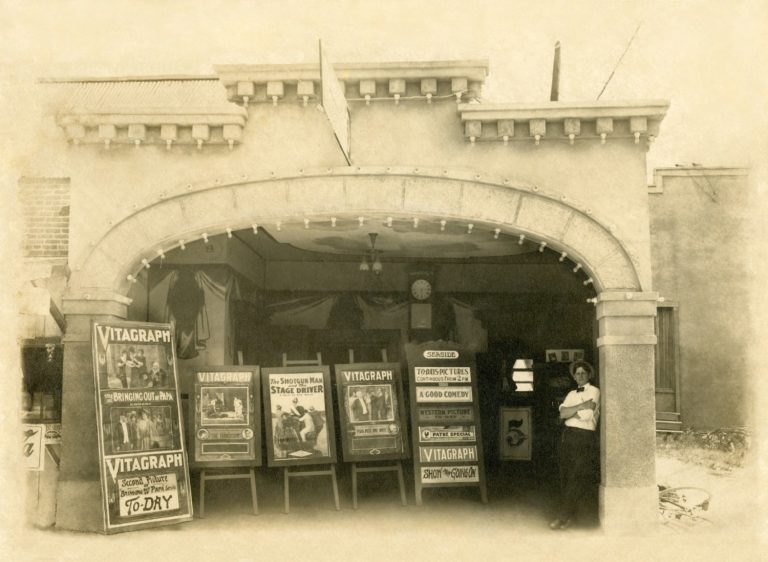
On Oct. 10, 1918, Cleveland Mayor Harry Davis announced the closure of theaters, movie houses, night schools, and…
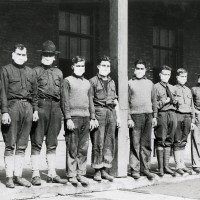
On Oct. 10, 1918, Ohio state officials issued a notice for the closure of places of public gathering.
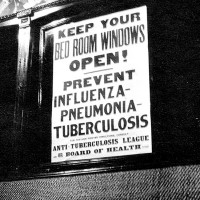
On Oct. 10, 1918, all Dallas theaters, playhouses, and all other places of public amusement were closed due…
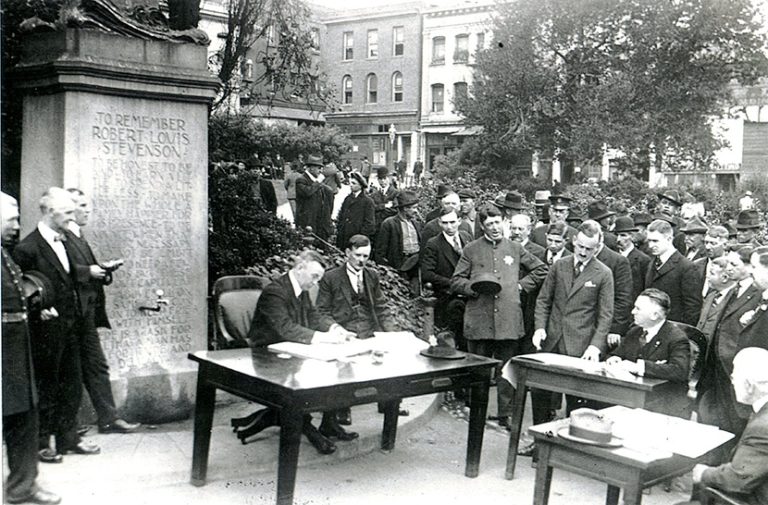
On Oct. 10, 1918, Los Angeles health advisers met with businesses and other officials from neighboring cities to…
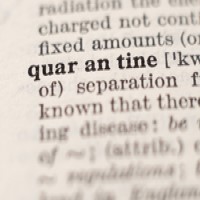
On Oct. 9, 1918, New Orleans schools, churches, and other places of gathering were ordered closed.
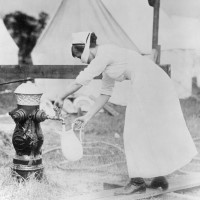
On Oct. 9, 1918, Baltimore Health Commissioner Dr. John Blake ordered public gatherings prohibited and ordered theaters and…
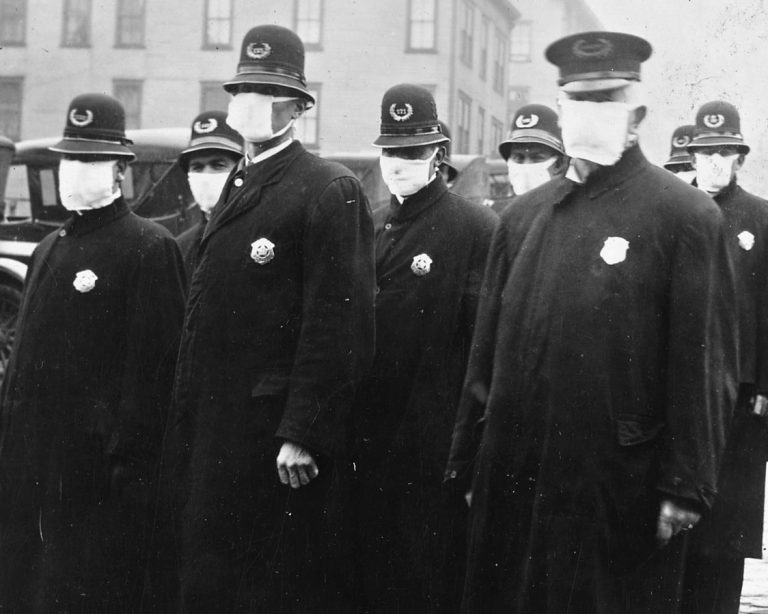
On Oct. 9, 1918, due to the influenza spread, Minneapolis Health Commissioner Dr. H. M. Guilford ordered a…
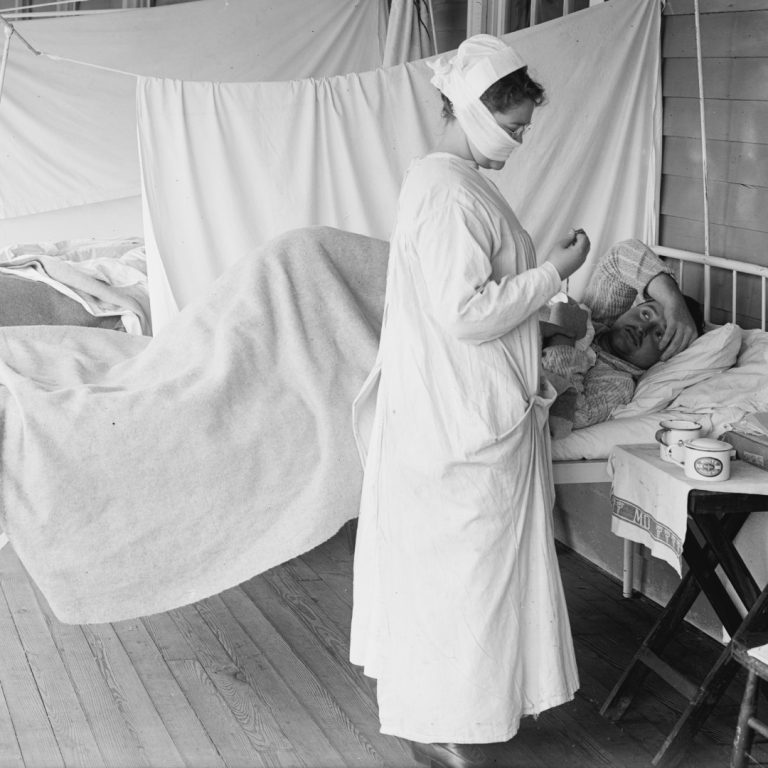
On Oct. 9, 1918, Cleveland Health Commissioner Rockwood met with Acting Mayor W. S. FitzGerald and Director of…
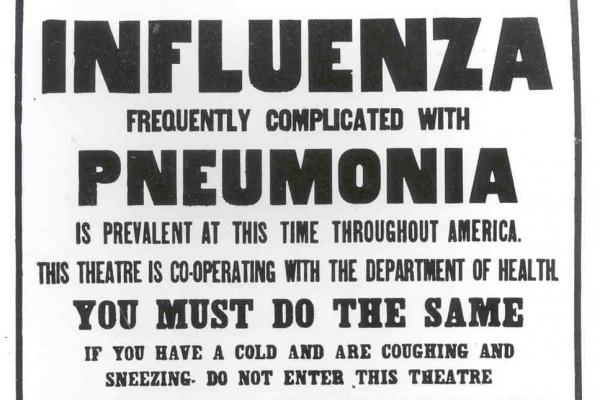
On Oct. 9, 1918, Nashville schools were closed due to the influenza epidemic. In surrounding Davidson County, the…
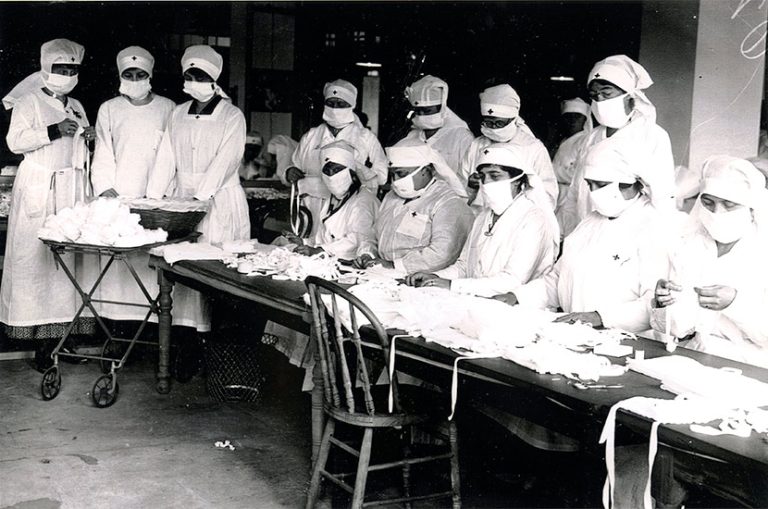
On Oct. 9, 1918, the Dallas Board of Health agreed to make influenza a reportable disease and to…
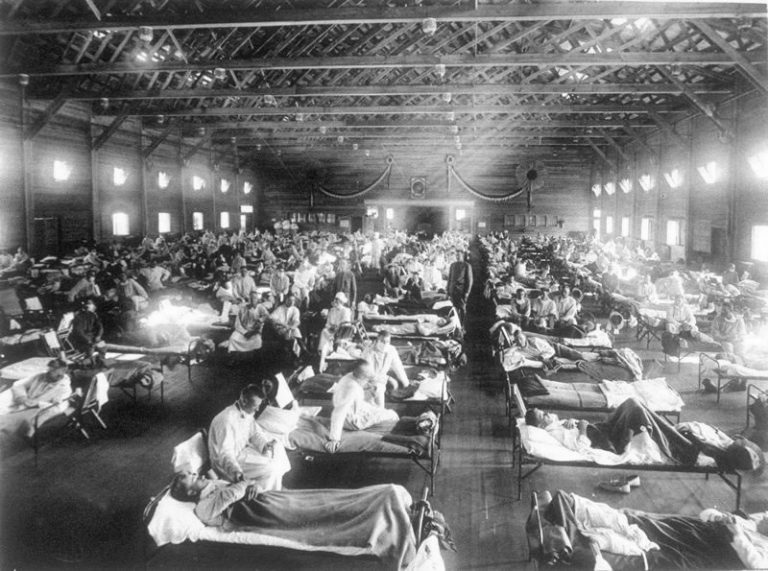
By Oct. 9, 1918, over 1,000 cases of influenza had been reported in Dallas. Later that day, Mayor…
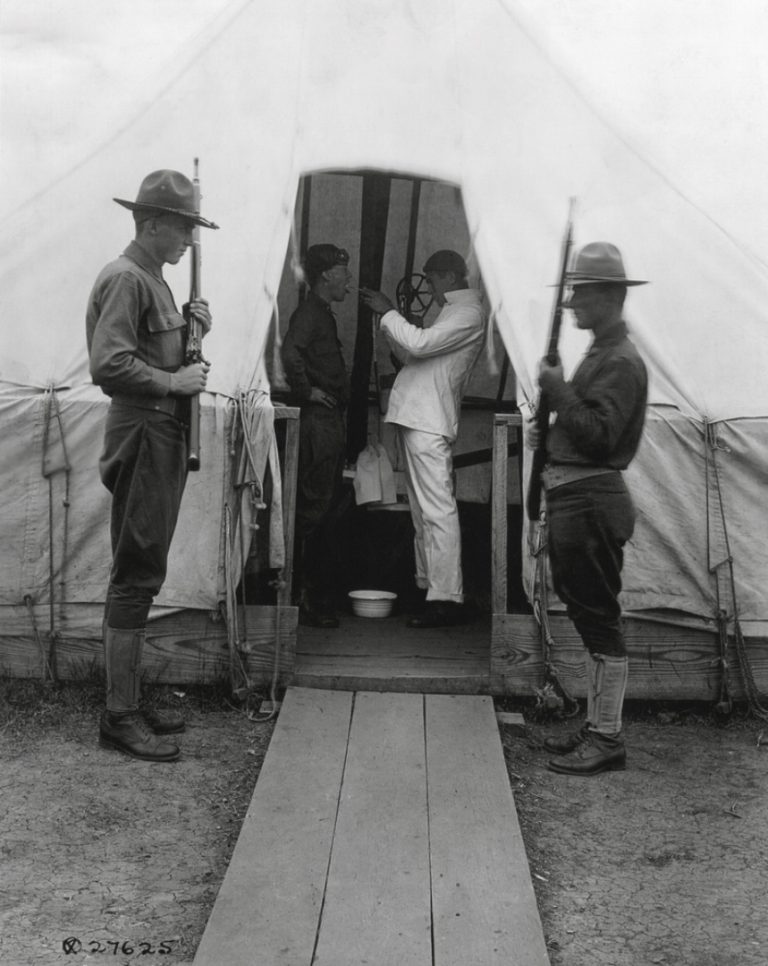
On Oct. 9, 1918, all Salt Lake City churches and public schools and universities, theater, and other gathering…

On Oct. 8, 1918, the Atlanta Board of Health voted to close all schools, libraries, theaters, movie houses,…
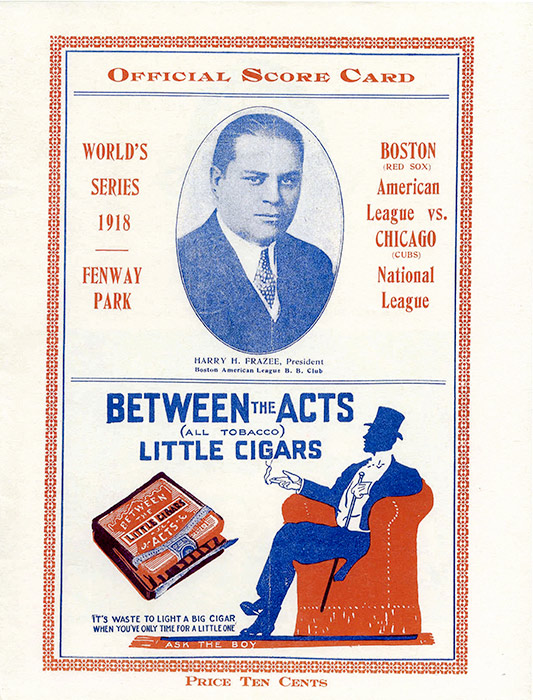
On Oct. 8, 1918, Boston’s health commissioner Dr. William C. Woodward ordered reduced hours for various stores in…
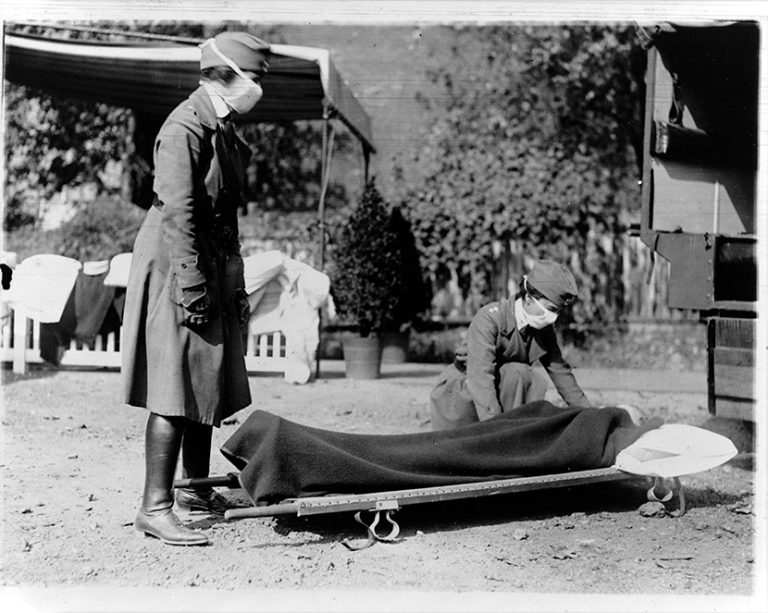
On Oct. 8, 1918, the Birmingham City Commission passed a resolution to close places of large gatherings, such…

On Oct. 8, 1918, the Baltimore school board decided to take unilateral action and to close all public…